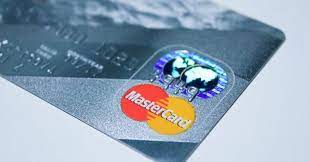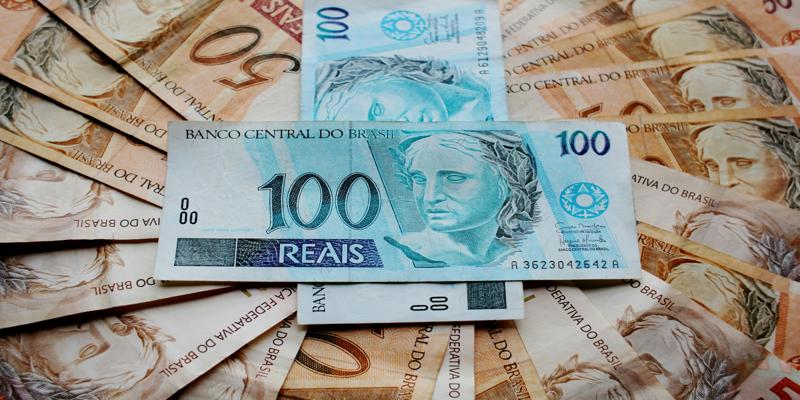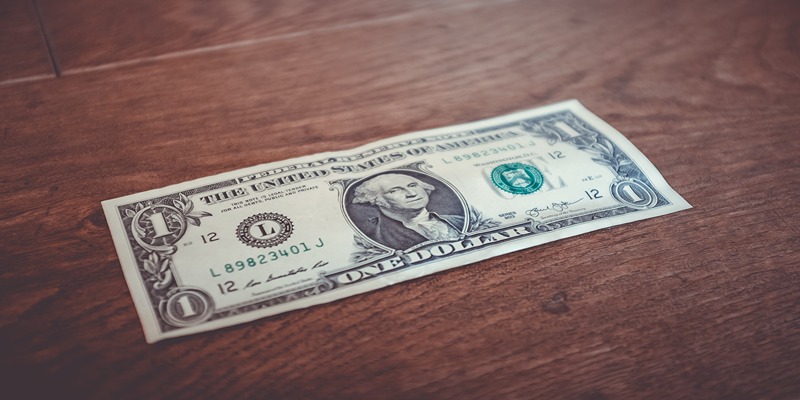What Is An Apr On a Credit Card?
Nov 13, 2023 By Susan Kelly
You will see references to APR when you go through your credit card statement that is sent to you every month. The interest accrued on a credit account is the annual percentage rate, or APR for short. When you maintain a balance on your credit card, the annual percentage rate (APR) will most likely come into play. However, other activities, such as cash advances and late payments, are also subject to APRs, which may be higher than your usual rate. Everyone who carries a credit card should understand how annual percentage rate (APR) calculations are made when they can be applied and how developing sound financial habits might help you avoid having to pay it.
How APR Works
A credit card's annual percentage rate (APR) is often defined as the amount of interest charged to your account for a certain billing cycle. The annual percentage rate (APR) for credit cards is computed as follows:
You may calculate the daily rate on your credit card by dividing the purchase APR by 365. This will give you the daily rate. If your APR is 18 percent, your daily rate will be.00049 percent of that amount.
Calculating your average daily amount is as simple as adding up all your balances after the billing cycle and then dividing that total by the total number of days in the billing cycle. This represents your daily balance on average. Did you already know what is the apr on a credit card?
What Are The Different Types Of APR?
- This interest rate will be charged to any and all purchases made with your credit card, regardless of whether they were made in person, online, or over the phone.
- A promotional interest rate for a short period that is lower than the card's standard APR and is occasionally as low as 0% APR is referred to as an introductory annual percentage rate (APR). It can apply to balance transfers, purchases, or both. After the promotional period has ended, the standard APR will be applied to the remaining amount on your account.
- The APR for cash advance is often higher than the purchase APR on your credit card, and there is no grace period associated with cash advances. Additionally, it is often used for convenience checks.
- The penalty annual percentage rate (APR) may reach 29.99 percent if a payment is late, missing, or returned. Your credit card company may want you to make many consecutive on-time payments before they remove the penalty APR from your account. If your payments are overdue by more than sixty days, the penalty annual percentage rate (APR) may also be applied to your current debt.

Credit Card APR Vs. Credit Card Interest
The Truth in Lending Act mandates that financial institutions must clearly disclose the annual percentage rates (APR) associated with their credit products. The APR on your credit card essentially measures the cost of borrowing money annually, which includes the interest rate plus any additional fees and charges, typically spread across the year.
For instance, when refinancing a mortgage or obtaining a new one, the APR differs from the simple interest rate. While the interest rate only reflects the annual cost of borrowing the principal amount, the APR encompasses all related fees and additional costs that the borrower is obligated to pay, providing a more comprehensive view of the cost of the loan.
However, it's important to note that for credit cards, the situation is slightly different. The APR for credit cards is usually equivalent to the interest rate, as it does not factor in indirect costs such as fees for late payments, balance transfers, or cash advances. These costs are typically handled separately from the APR, making it crucial for consumers to understand all potential charges associated with their credit card use.
Fixed APR Vs. Variable APR

A fixed annual percentage rate (APR) rarely changes except when a late payment or promotional deal runs out. The interest rate you pay is guaranteed to remain the same for the fixed-rate term. It simplifies the process of budgeting for your payments since you are aware that the rate will, in most cases, be constant. However, card issuers can still adjust a fixed rate at their discretion; all they need to do is give the appropriate notice. Credit cards with a set interest rate are becoming more difficult. Your credit card's annual percentage rate (APR) will most likely be changeable and span a range, such as 15.49 percent to 25.49 percent if it is a variable rate card.
-
 Mortgages Dec 08, 2023
Mortgages Dec 08, 2023What Exactly Is Work-Study? How and Why Students Benefit
Scholarships, grants, and student loans are the three most common ways for individuals to finance their education beyond high school. Despite this, it is conceivable that the financial aid package for graduate school offered by your institution or university will include a work-study program
-
 FinTech Nov 07, 2024
FinTech Nov 07, 2024How Investments in Payments Technology Drive Growth and Innovation for U.S. Bank
Learn about how U.S. Bank 's investments in payments technology contribute to growth, operational efficiency, and digital transformation in the evolving financial landscape.
-
 Mortgages Dec 17, 2023
Mortgages Dec 17, 2023Acima Leasing: An Overview
Acima is an option for lease-to-own purchases that may be made at the point of sale. By paying off the lease early, borrowers may reduce the hefty financing charges they are responsible for.
-
 Know-how Feb 05, 2024
Know-how Feb 05, 2024Step-by-Step Guide to Buying Treasury Bills
Beginners' guide on buying Treasury Bills. Simplified steps for a secure investment.
